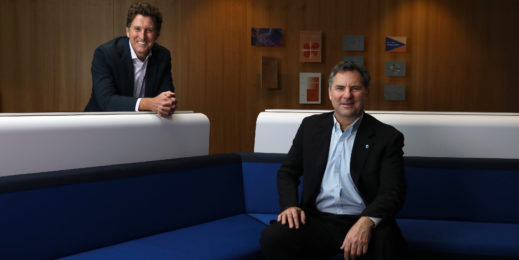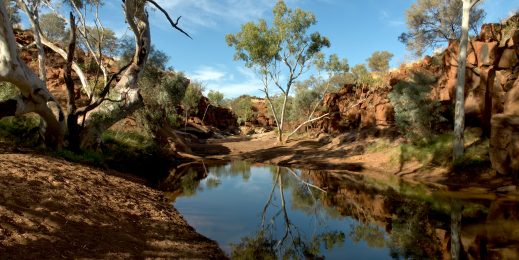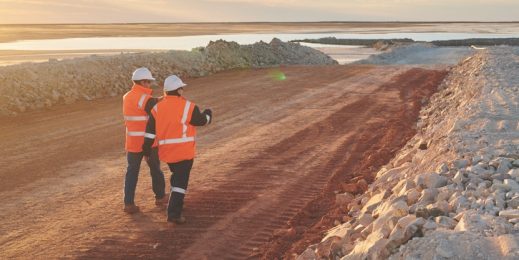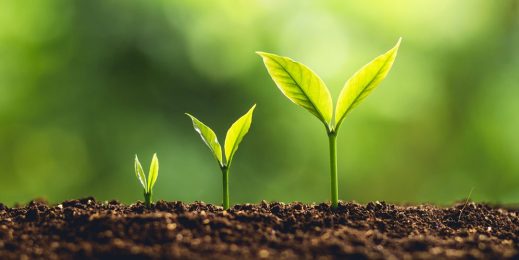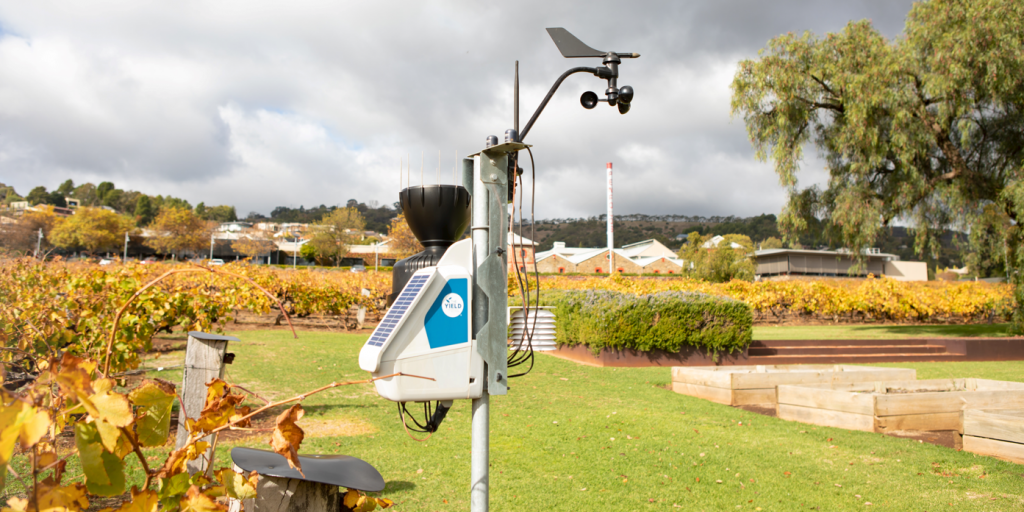
How business and environmental performance are intertwined in Australia’s net zero future: a conversation with The Yield’s Ros Harvey
By Brett Shoemaker, Sustainability Director, Microsoft ANZ
Recently, Microsoft ANZ published a monumental report on how large Australian organisations are tracking with their sustainability commitments. Alongside its many important findings, Accelerating the journey to net zero contains inspirational stories about the innovative organisations spearheading Australia’s progress to a low-carbon future.
One of those trailblazing enterprises is The Yield, an agricultural technology firm on a mission to transform food and farming practices with scalable digital technology.
In researching our report, I sat down with Ros Harvey, Founder and CEO at The Yield. Ros’s contribution was especially thoughtful, but limited space meant we weren’t able to include the full interview. That’s why I’d like to share an edited transcript of our conversation here. We cover Ros’s thoughts on Australia’s climate action strategies, how The Yield is helping to build a culture of sustainability across the agriculture sector, and how it is supporting clients to grow profitably with less environmental impact.
Ros, I know The Yield uses data and technologies including artificial intelligence (AI) to solve commercial growers’ production challenges. Can you tell us more about how that works in practice and where sustainability fits in to your agenda?
Since we founded The Yield in 2014, our mission has been to help feed the world without wrecking the planet, so sustainability is absolutely core to what we do.
We work to solve the problem of uncertainty created by weather – something no farmer can control. Climate change is worsening that uncertainty, as it makes weather more erratic. Unpredictable environmental conditions can directly affect the performance of crops and cause major issues for growers, impacting key production decisions like when to irrigate, feed, plant, protect and harvest. But it also affects the whole supply chain – everyone who sells into and buys from a farm is affected by this uncertainty problem.
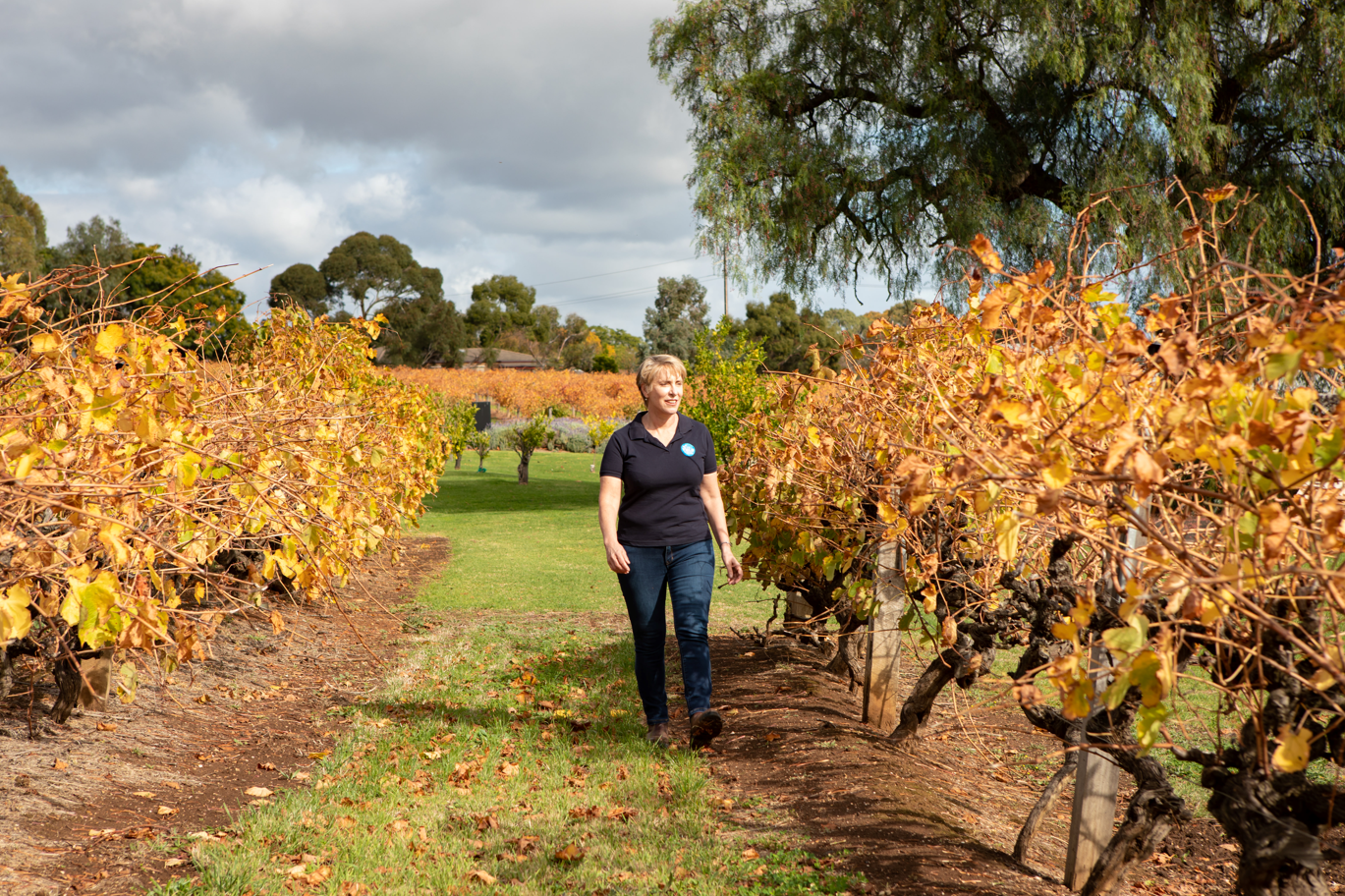
The Yield aims to tackle this uncertainty through our technology. We use data and AI to create highly accurate crop predictions and recommendations for on-farm activities such as when to irrigate, protect, feed and harvest crops. We create Digital Playbooks which enable our customers to combine their know-how with our analytics so that they can match their genetics, with best practice management, to their local growing conditions. Our recommendations and predictions are presented to customers in easy to use apps or can be sent straight to our customers’ IT systems and robots.
Our customers can adjust their Digital Playbooks according to their needs, and to capture their own best practice. For example, our recommendations and notifications are based on the specific crop needs and growing conditions so users are notified via the app on the right time to spray, or if soil moisture goes below thresholds which can trigger irrigation decisions.
Our Digital Playbooks automatically adjust for local weather conditions, and by adding our patented AI-generated microclimate predictions, we can up to double the precision of weather forecasts. We recently analysed over 100 different sites around Australia and New Zealand showing that by using microclimate data, rather than modelled gridded data, we can improve irrigation decisions and reduce water requirements by 57%, increase safe spray windows by 47% and better identify extreme weather events by 150%. We also saw a 20% uplift in the accuracy of our harvest predictions using microclimate data.
All this means growers get a very detailed picture of what to prepare for and when. Our recommendations and predictions mean they can be better equipped to act on issues that affect production, such as irrigation needs, safe spraying conditions and harvest scheduling.
Our insights can help them improve yields and reduce environmental impact, along with mitigating weather-related risk. It can also help our customers to optimise their supply chain, as well get the best prices for produce and reduce food waste.
We also work with robots and autonomous systems to help our customers put our recommendations into practice. We return all that data back into our models in a feedback loop that allows us to continuously update our playbooks and make them even more accurate.
Can you talk a little more about how your model predicts weather conditions with more precision than standard services?
The Global Forecasting System is based on a mathematical model that works by dividing the world into grids of 625 square kilometres. In countries like Australia, our public weather provider, the Bureau of Meteorology (BOM), adds weather stations and creates smaller grids which provide an average. Growers can’t really know what is happening, or will happen, on their farm or in their tunnels unless they get a truly local measurement.
That’s especially true in the case of protected and semi-protected cropping, a fast-growing sector in Australian agriculture. Growers are producing food in glasshouses, inside tunnels and in substrate, along with other kinds of semi-controlled environments. But if you’ve created a microclimate inside a tunnel and your weather forecasting model represents an average of a grid with wind measurements made at 10 metres above the ground – that service isn’t going to work particularly well for you.
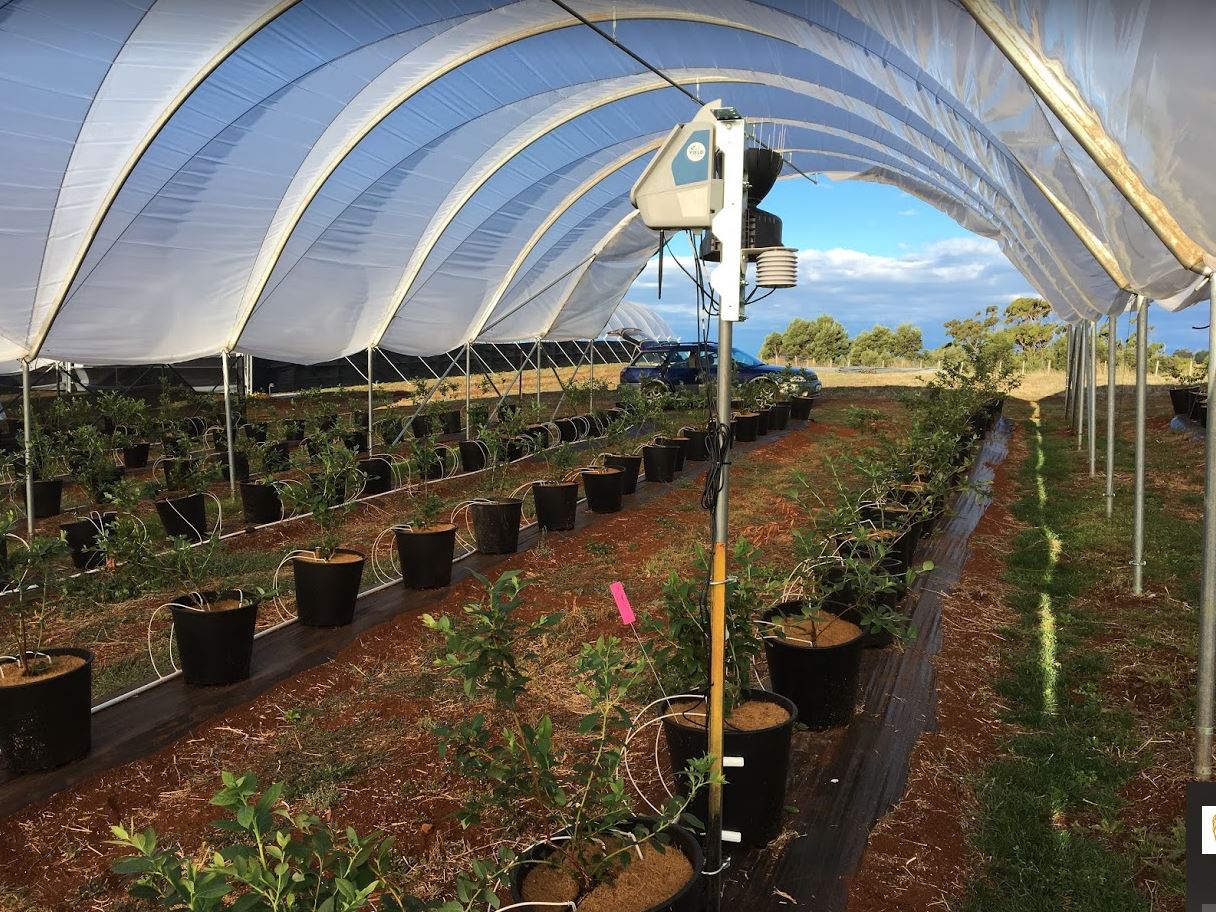
A key part of our technology is the ability to use AI to predict weather conditions at highly specific points. In fact, The Yield has been granted the patent for this technology in Australia, the US and Singapore, with more jurisdictions to follow. Using data from sensors, we can measure conditions right down to block level – that is, across contiguous plots of land that share the same microclimate characteristics. We can also put sensors in glasshouses, tunnels and within the canopy of the crops themselves.
That way, we can measure what a plant is actually experiencing today, then use artificial intelligence to create microclimate predictions of what the crop will experience in the days to come. We are literally creating millions of AI-generated predictions everyday. We can then run our customer’s Digital Playbooks with either gridded modelled data or our own microclimate predictions.
We also combine our customer’s data with data from satellites, sensors and even robots to predict crop harvests. For example, we predict 20% of the Australian wine grape vintage every year right down to the block level – how much, when and even the quality. This delivers value along the value chain. Food processors, packhouses and marketers all need to know what is coming along the supply chain so that they can make the best decisions and get the most value from what is being grown. As we know, weather hugely impacts growers’ outcomes, so adjusting crop predictions as the season unfolds is really important. Whilst we can’t control weather, we can reduce the risks associated with inclement weather using data and AI. This in turn de-risks investment in the infrastructure we need to reduce environmental impact. So that’s another way of looking at what The Yield does – we de-risk for weather and for production systems, along the value chain.
Can the insights and data you provide in your Digital Playbooks help growers meet their environmental, social and governance (ESG) reporting requirements?
Yes, that’s a huge part of our approach. When we work with customers, we look at how our measurements and forecasts can both benefit their business case and improve their environmental performance. Most of our customers are very large commercial outfits, with a strong commitment to ESG objectives, so they are actively seeking ways to optimise production, be more sustainable and reduce food waste on their farms and along the value chain.
Food loss and waste is a massive issue with 30% of food produced lost from farm to plate. By using accurate harvest predictions, we can better match supply and demand. Many of our customers are vertically integrated, not only growing but packing, processing and marketing. With better crop predictions they can make better decisions on how to process, distribute and sell their products along the value chain.
Our technology also improves input productivity and efficiency for growers. This means growing more for any given number of inputs. We have to do this if we are going to meet global food demand. For example, we can help growers understand more precisely when to spray and how much fertiliser to use. If they can see they need to use less fertiliser, they can reduce their carbon emissions as well as any agricultural runoff. So, our playbooks can deliver a direct environmental benefit and give a precise way to measure this.
With our data and technology, we are also looking to lay the groundwork for real-time ESG reporting, along with natural capital accounting. That’s an approach that can help growers measure their farm’s environmental assets, such as water and soil, to help them gain a more holistic picture of their environmental performance.
I believe if we want to manage the planet more sustainably, it’s essential that we generate real-time metrics on environmental performance as well as business performance.
The two are inextricably linked. An understanding of the benefits of this approach is growing, but the problem has always been, ‘how do we measure natural capital and how do we value it’? These are complex issues that haven’t yet been completely solved. What’s needed to solve them is political will, smart technologies, more data, a motivated community of corporate energy citizens – the very things that Microsoft emphasises in its report.
Do you get the sense that your customers now automatically consider environmental sustainability factors, even if that’s reduced to weather and water?
Growers and farmers have always been aware of weather and the environment and the impact that each of these have on what they do. I do think that the climate crisis is now higher on people’s agendas. I wouldn’t have said that even a few years ago, but in my experience, climate and environmental sustainability are now very much top of mind for corporate Australia. The recent fires and floods are making the impact of the climate crisis very real.
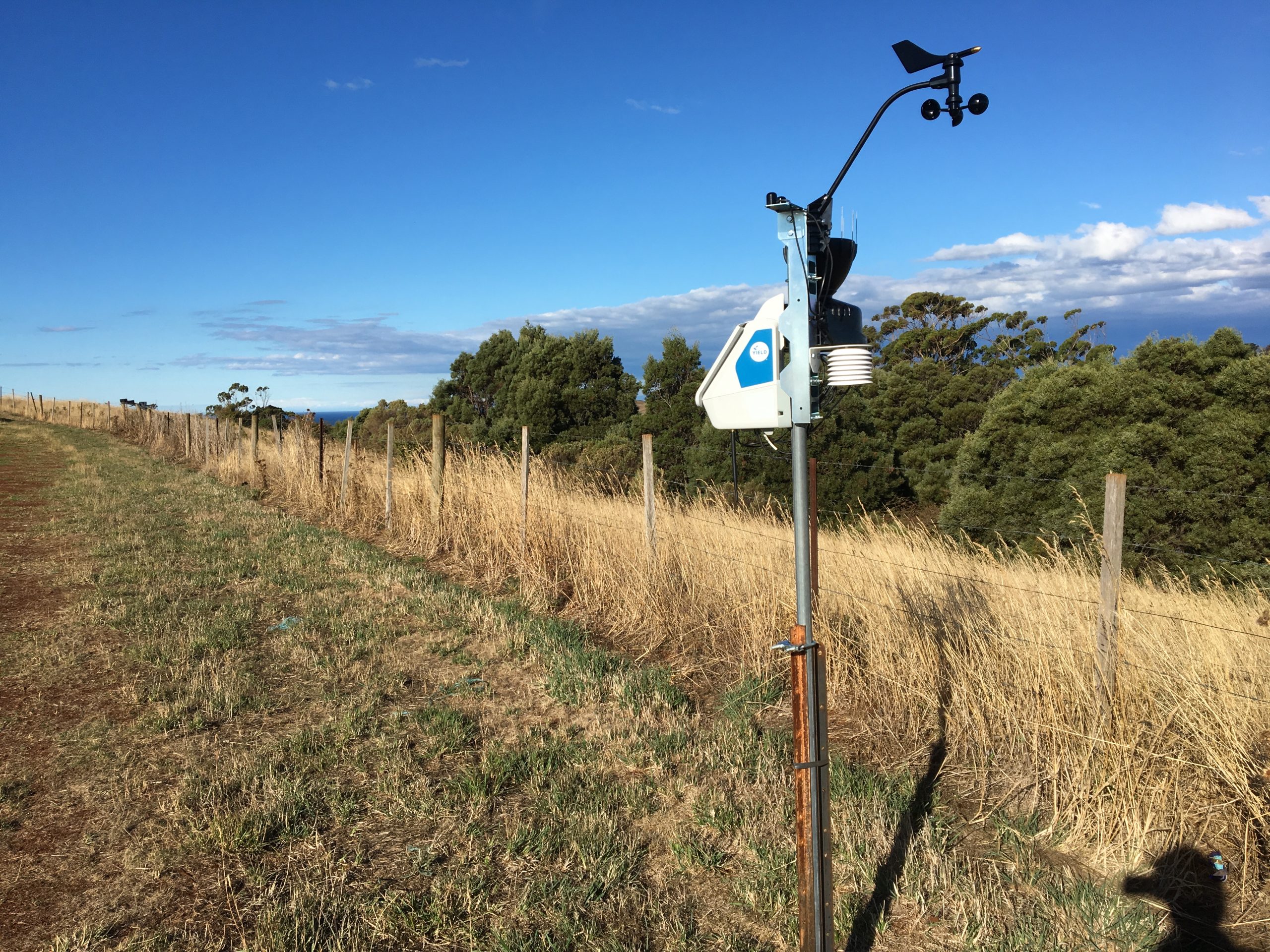
We’ve seen attitudes in the private sector move faster than they have in government. I think the work that organisations such as the Business Council of Australia and the Australian Conservation Foundation are an example of working together on climate change. The business community is already shifting its investment strategy away from fossil fuels. Even so, Australia has not yet come up with the right policy framework to give the market the certainty and security it needs to enable a faster transition to net zero.
That’s concerning because if you look at the terrible impact that the pandemic has had – that’s nothing compared to what’s coming with the climate crisis. As a community, we need to get better at preparing for that, and helping people adjust. Also, there will be so many employment and investment opportunities in the new, non-carbon economy. That’s especially the case in a country like Australia, which has enormous renewable energy resources and a very innovative economy, which we’ve had to develop to survive. The agricultural sector is a case in point. Australia has a low level of subsidies, high wages and is the driest continent on the planet. Not only that, but as an island continent we are dependent on importing and exporting – which adds to our costs. We are innovative and productive because we have to be.
We definitely have what it takes to be a global leader in helping the world transition. But we still need to do much more to show that managing for sustainability can deliver both business and environmental benefits.
What’s your view on using offsets to address our carbon footprint? Is there a better way?
Australia has a good accreditation system for carbon credits – I believe it’s seen as the gold standard. And of course, offset schemes can be a useful part of any climate change approach, but they are not the solution. In fact, it’s absurd to think that they are. We need to reduce carbon pollution at the source.
There’s a real risk that polluters and emitters buy carbon credits as a way to offset while they continue to pollute. We should look at carbon sequestration as a way to take carbon out of the environment, which is already needed, not as way to offset further pollution. We are already at 1.2 degree Celsius of warming and through this we are already experiencing the impact on nature and communities. We need offsets to reduce, not to offset, future pollution.
That in turn means there’s a risk that carbon credits just aren’t doing the job of offsetting our carbon footprints in the ways we hoped they are. And we also don’t have the really accurate means of tracking the impact of these schemes over time – particularly in terms of soil carbon, for instance, that would allow us to adopt them at scale.
I believe that when we’re facing the sort of challenge that climate change is presenting – that is, a massive, clear and present danger – it’s not enough to say, “Oh well, we’ll just buy a few credits. I hope it’ll be okay”. Rather, we should be focusing on where the sources of carbon emissions are, then taking really strong action at those points to stop them.
What are some of the other things leaders in the agriculture sector can do to help strengthen a culture of sustainability?
I believe rather than seeking to change agriculture one farm at a time, it’s more about looking at entire value chains and how we can use these to drive sector-wide change.
Let’s take the issue of data, for a start. As more growers adopt digital tools, the sector is creating an enormous database based on rich sources that can be repurposed. Now, at The Yield, we want to help our customers become more profitable and sustainable, but we also want to be data philanthropists. With the agreement of our customers, we want to aggregate our data and give it to publicly funded research organisations to help uncover new ways for Australia to contribute to achieving the Sustainable Development Goals.
I also believe that if we really want to reduce food waste, growers ultimately need to change the way they contract along the supply chain so that any environmental performance data can be shared right across the value chain. We need to create data markets and incentives for sharing data. That would obviously require big shifts in business models, and the right governance around data would also need to be in place.
But the potential is there for us to take our data and use it to create powerful environmental monitoring systems that can feed into and benefit our entire climate action approach. And this is a huge contribution that technology can make.
I guess what I’m also saying is technology is not socially neutral. We can choose the way we use it – whether that’s in government, in the business models that companies use, and how we, as consumers and participants in society, use it as well. It’s hugely important that we make good decisions.





